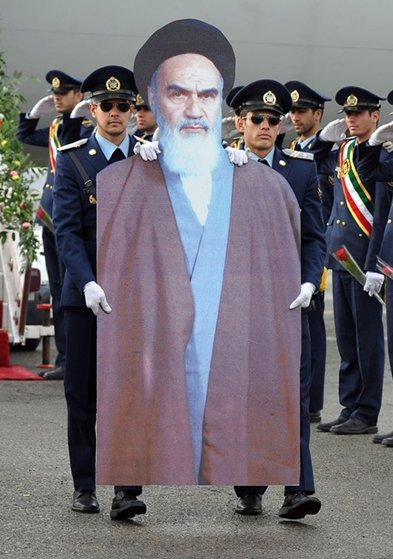So he ran a bigoted campaign.
And it worked.
All the bigots came out and cheered for the hat guy's bigotry.
And they wore the hats
And they still cheer
And they still wear
And that's what the hats mean now.
That's all.
Not incorporating that fact into stories is a choice.
I think there are plenty of reasons to make that choice.
The simplest is ease.
About my friends. Family. Co-workers.
My country.
Myself.
There's a market for comfort.
And there's a market for hate.
There's even a market for truth.
How to satisfy them all?
Middle ground.
For many, history teaches us, it's nothing and never.
Those who survived previous such experiments have returned with a message.
The message is this: Choose sides.
Just to see.
The line's further out now.
See? That's how it works.
That's why you have to choose sides.
As a thought experiment?
OK.
Answer: Yes.
Many would.
It's not about a handful of kids, you know.
It's about us. About who we are as a society. A nation of abuse and enablement.
An uncomfortable story—that's why we don't tell it.
Time to tell our story true.
I said that swastika would be moving the line of the analogy out further for purposes of thought experiment.
It’s good to read all the words.
And we’ve seen the like before.
Accurate perspective requires cultural context and historical understanding.
When it’s only virtue signaling, it shows.
1) If someone point out bigotry, they may be drawing attention to an ideological division.
The division was already there. Pointing it out didn't create it.
Mapping the territory doesn't create the territory.
Instead we should want to destroy the bad assumptions that create these divisions.
Example: Our world involves Medicare for ALL.







